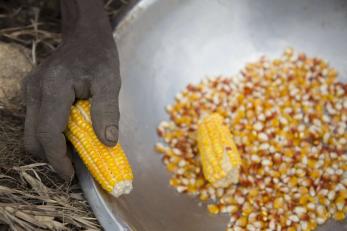Impact of Gang Violence on Food Systems in Haiti

Haiti is enduring a multi-faceted crisis exacerbated by the unchecked expansion of gang violence. This has created ripple effects across critical sectors, particularly food security, with the Famine Early Warning Systems Network (FEWS NET) predicting that widespread food insecurity will persist at least until mid-2025. A deeper understanding of Haiti's food systems under stress could inform strategies to strengthen resilience, which is critical given that emergency food assistance remains at inadequate levels.
This report examines the dynamics of gang violence in Haiti and its implications for food systems, focusing on four main takeaways: the control of vital supply routes by gangs, the displacement of populations and strain on host economies, the disruption of agricultural systems and food distribution networks, and the unpredictable closure of airports and key port terminals.
Understanding and analysing these impacts is essential to addressing Haiti's ongoing food insecurity and fostering sustainable solutions. Ultimately, addressing the impact of gang violence on Haiti's food systems requires collaboration between local communities, government authorities, and international organisations. A thorough analysis of these systems, including their vulnerabilities and strengths, is not just necessary—it is a moral imperative to safeguard the food security and livelihoods of millions of Haitians.



